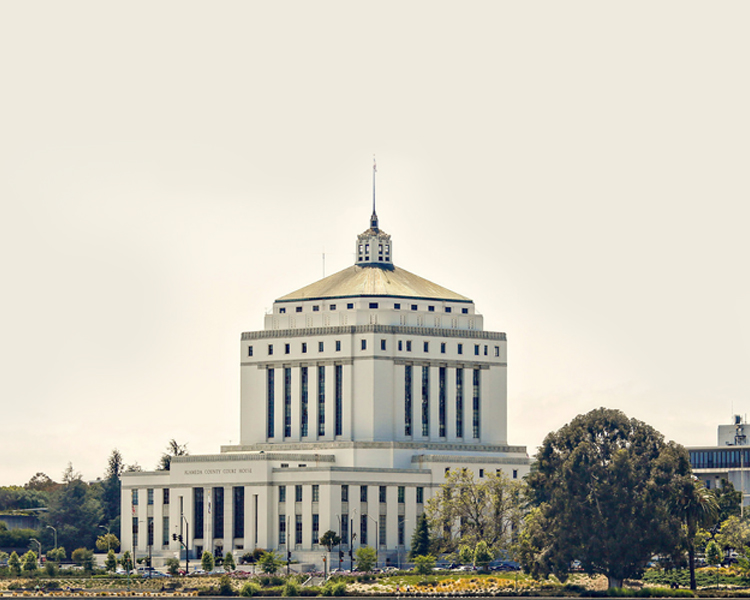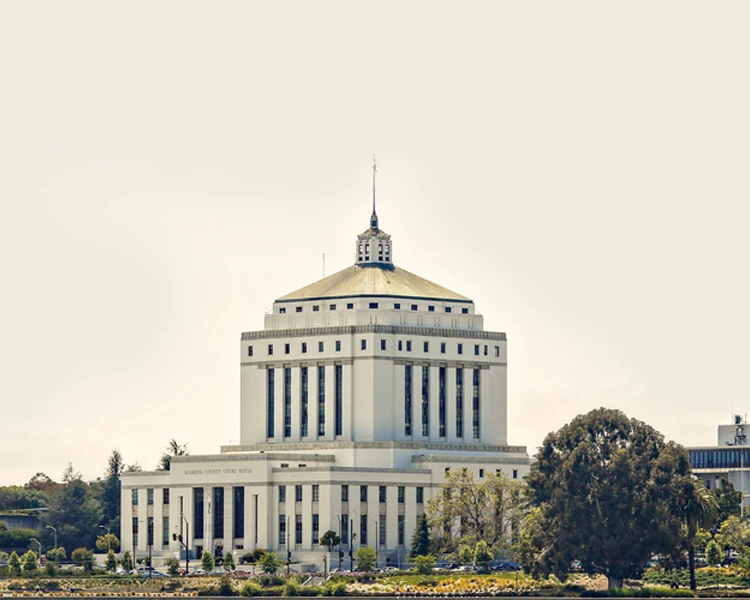Committed to Justice.
New Law Gives Bicyclists More Room on the Road
October 24, 2014
by Tanya P. Tambling
Over 100 bicyclists are killed every year in California in accidents. Hundreds of thousands more are injured. According to the National Highway Traffic Safety Administration (NHTSA) and Fatality Analysis Reporting System (FARS), 4.1% of statewide traffic fatalities were bicyclist fatalities in 2011. The national average in 2011 was 2.1%.
This fall, two bills were passed in an effort to make California roads safer for its cyclists. One law laid out the distance a vehicle must maintain when passing a bicyclist. The other law encouraged the development of bikeways that are protected and separated from moving traffic.
The first law, called the Three Feet for Safety Act, went into effect on September 16, 2014. This law requires drivers to give bicyclists three feet of clearing when passing them in the same direction. The bill, AB 1371 (Bradford), was signed by Governor Jerry Brown on September 23, 2013 and provides more specific guidelines than existing law for drivers who pass bicyclists on a roadway.
The previous law required that a vehicle pass to the left of a bicyclist “at a safe distance,” without specifying what constituted a safe distance. First-time violators could be fined up to $100. Under the new law, codified as California Vehicle Code section 21760, if vehicles are unable to give bicyclists three feet of space, they must slow down and pass only when it is safe to do so. Violators can be fined $35 if they make no contact with the bicycle. Motorists who collide with cyclists can be fined up to $220.
The California Association of Bicycling Organizations (CABO) hoped for greater protections for bicyclists sharing the roads with other vehicles, but nonetheless, supported the passage of the new bill. CABO pointed out that the relative weight of a bicycle compared to other motor vehicles, made bicycles particularly vulnerable in close pass situations. However, CABO conceded that the new law helped bring awareness to safely passing bicycles on the roads.
The second law, the Protected Bikeways Act, AB 1193 (Ting), is another measure to create safer roadways for bicyclists. The governor signed the Protected Bikeways Act into law on September 20, 2014. This law encourages the development of protected bicycle lanes that are separated from moving vehicles or pedestrians by physical barriers. Effectively, this law allows for cities and counties to create a greater variety of transportation facilities for bicycles. Previously, Caltrans had to review and approve roadway designs, which often resulted in significant delays. Caltrans’ pace of review and approval was criticized for not keeping up with the need for revised roadway designs given the growing number of bicyclists on the road every year.
Pursuant to the Protected Bikeways Act, cities and counties can now make use of cycle tracks, which are road-grade lanes separated by a physical barrier that are exclusively used by bicyclists. Cycle tracks could permit bicyclists to ride in both directions on a one-way street in a city, for example.
Our firm has successfully represented bicyclists who have been hit by motor vehicles. If you have been involved in an accident and need help, email us at inquire@ssrplaw.com. Or call our office for a free consultation at (510) 663-9240663-9240 (our Oakland office) or 818-575-6002 (our Los Angeles office). We handle these types of cases on a contingency basis, which means no attorneys’ fees unless you win.



